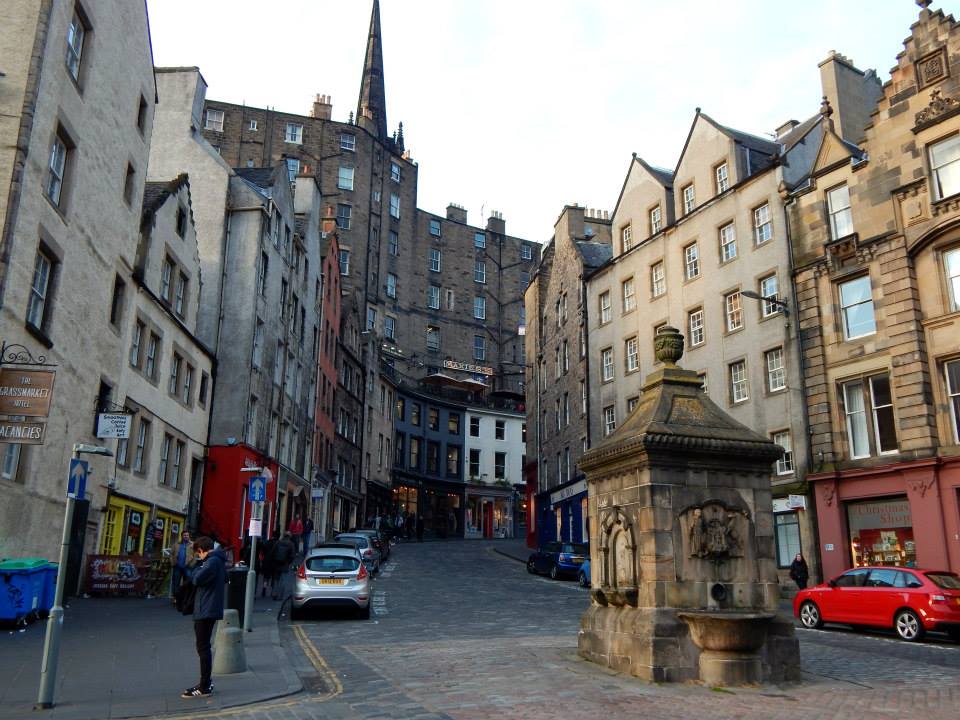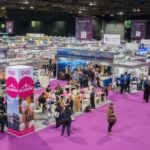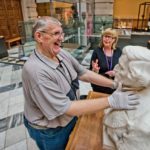
(TAN): VisitScotland has issued a new visitor charter on how to enjoy Scotland over the coming months as COVID-19 restrictions are further eased, and Scottish tourism prepares to reopen on July 15, the tourism body said in a statement.
Launched by Tourism Minister Fergus Ewing on July 3, the national tourism organisation has developed a list of tips to encourage safe and responsible travel around the country.
Tourism is worth more than GBP 11.5 billion (USD 14.4 billion) to the Scottish economy, supporting one in 12 jobs. The sector has been hit hard by the COVID-19 pandemic and subsequent lockdown and travel restrictions.
The guidance includes:
– Not travelling if you have COVID-19 symptoms or have been told to self-isolate
– Observing physical distancing measures
– Regular use of hand sanitiser and regular handwashing
– Planning ahead and checking if businesses and attractions are open and welcoming visitors
– Being considerate of local communities and their precious resources
– Supporting the local tourism industry by eating local, seeing local and buying local
This advice will sit alongside several visitor charters and advice already being produced by sector groups and destination organisations.
[ALSO READ: Grand Hotel Kempinski Vilnius reopens its doors after Covid-19 lockdown]
Tourism Secretary Fergus Ewing said: “Visitors are at the heart of Scotland’s tourism industry and they will be vital in restarting and recovering the sector from the devastating impacts of coronavirus…. This guidance will be an instrumental tool in helping tourists travel responsibly and I encourage everybody who may be planning a staycation this year to familiarise themselves with it. We all have a part to play in ensuring the tourism industry can reopen safely and securely, whilst suppressing the spread of the virus.”
VisitScotland CEO Malcolm Roughead said: “We are pleased that after a very difficult few months Scotland’s tourism industry is starting to welcome visitors. However, it’s important to remember that things may be a little different now, there may be reduced facilities available or if busy, a greater need to follow physical distancing restrictions to protect yourself and others.”




